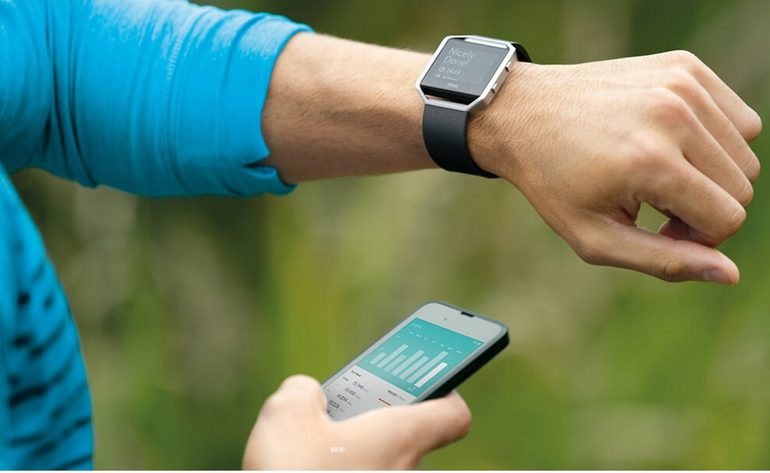Emotion-sensing technology in the Internet of Things

Personalization of online experience has enabled close tracking of Internet activities (comments, likes, tags, recommendations, photos and videos) and impacted search results seen by a user, online interactions with other users and their interests. However, personalization has never been able to measure a user’s emotions or feelings at a given moment until recently, when Facebook introduced a trend that made it possible to mark various reactions to a post from a list instead of just a “like”.
The Internet of Things has quickly caught on to this emotional outreach. IoT is going to change the way technology perceives emotions and then integrate them into apps and devices to track and reflect daily mood swings and impact a user’s behavior patterns.
Technology focusing on emotions
Experts predict that the introduction and growth of emotional intelligence technology will change online experience personalization and will produce a number of focus areas that will sense emotions:
- Reflecting on a personal emotional experience.
Smart watches and health wearables that collect and track a user’s personal information will create the foundation for technology that helps evaluate one’s physical state and coordinate daily habits to avoid stressful situations, unnecessary anxiety and potential health problems.

- Facilitating communication with others.
Emotional sensing will especially help individuals that are in need of care (children, elderly family members) and those who suffer from post-traumatic disorder, autism and other health conditions. With the help of technology, they will be able to receive timely assistance and support from their families or caregivers. Built-in device sensors will analyze data and inform others about upcoming changes in mood and behavior, so they will know when and how to communicate their emotions.

- Enabling actions and reaction to emotions.
Collected data about one’s emotional state will be matched by the emotion sensing technology with a corresponding recommendation on what is best to do or where to go to meet individuals that feel in a similar way. Through an application, information about mood and emotions will be shared among a circle of friends and can suggest who is more favorable to communicate with.

- Turning emotions into an experience.
The development of IoT technology and artificial intelligence will enable smart devices to understand human emotions. Through built-in algorithms they will learn to catch the meaning of emotions they “hear” and respond in a sensitive way. This task will require strong team collaboration between developers of intelligent algorithms and experience designers to simplify and improve user-device communication.

The role of wearables in emotion sensing today
IoT has already started implementing emotional ingredients in the wristbands, though their sensing ability is still somewhat limited. Their sensor technology allows gathering responses from a skin surface including heart rate, blood pressure and temperature to define an individual’s emotional state. Smart home devices that interact with an individual with the help of voice analysis and facial expression recognition can provide entertainment (music, videos and imagery) that matches a user’s current mood.
Emotion sensing technology is also bringing to life a new approach to design which will include more complicated tasks than simply creating a visual design. It will combine monitoring and analysis of behavior patterns, measuring actions and noting facial expressions, voice and body language.
Content created by our partner, Onix-systems.
 Home
Home